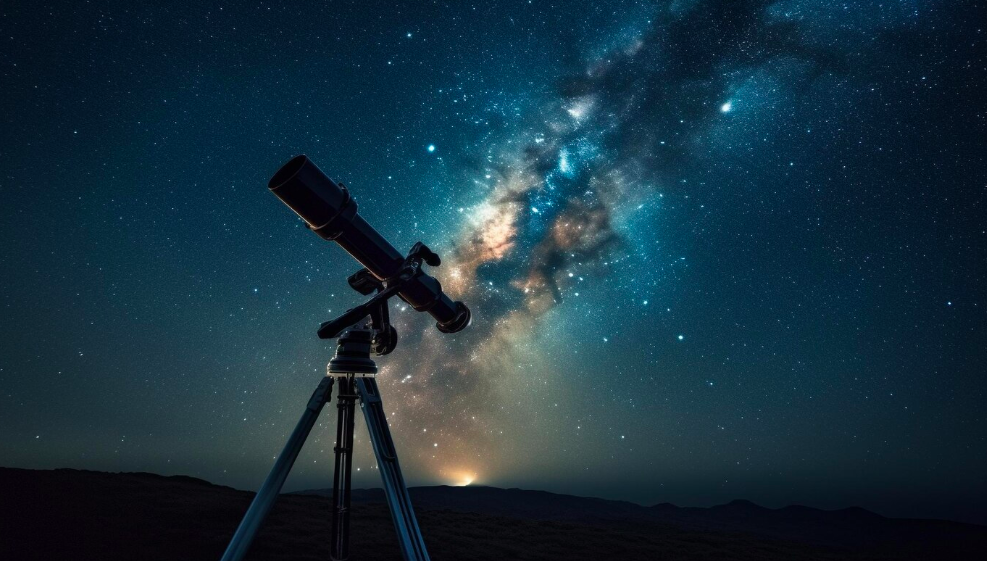Mapping the Cosmos: How Astronomers Create Detailed Star Charts - stellar cartography insights

Welcome to a journey through the cosmos! In this comprehensive article, we will delve into the intricate realm of stellar cartography. "Mapping the Cosmos: How Astronomers Create Detailed Star Charts" is not just about charts; it's about unraveling the mysteries of the universe, one star at a time. Join us as we explore the techniques, challenges, and insights that astronomers employ in their cosmic cartographic endeavors.
The Cosmic Quest Begins
Stellar Cartography Essentials
Stellar cartography is an art and science that merges astronomy with mapping. It involves charting the positions, brightness, and spectral characteristics of celestial objects. To truly understand the cosmos, astronomers need detailed star charts as their roadmap.
The Role of LSI Keywords
In this digital age, LSI (Latent Semantic Indexing) keywords play a crucial role in enhancing content visibility. Our journey into stellar cartography starts with these foundational keywords:
- Stellar Cartography Techniques
- Astronomical Mapping
- Celestial Object Charting
Deciphering the Cosmic Patterns
A Universe of Stars
Astronomers begin by observing stars. They record their coordinates, brightness, and spectral data. These observations form the backbone of star charts.
Mapping Nebulas and Galaxies
It's not just stars; astronomers also map nebulae and galaxies. Each intricate structure adds to our cosmic understanding.
Telescopes: The Cosmic Eyepiece
Telescopes are astronomers' windows to the universe. Learn how they contribute to creating detailed star charts.
Connecting the Dots
Constellations: The Cosmic Puzzles
Discover how constellations, with their mythological origins, help in understanding celestial objects' locations.
Celestial Coordinate Systems
Explore celestial coordinate systems like equatorial and ecliptic coordinates, essential for precise mapping.
Software and Technology
In the digital era, software and technology have revolutionized stellar cartography. Dive into the tools astronomers use.
Navigating Cosmic Challenges
Light Pollution
Astronomers face challenges like light pollution. Learn how they combat it to create accurate star charts.
Atmospheric Interference
Discover how Earth's atmosphere affects celestial observations and how astronomers correct for it.
Data Collection and Analysis
It's not just about telescopes; data collection and analysis are vital. Understand the meticulous process involved.
FAQs - Mapping the Cosmos
How do astronomers create star charts?
Astronomers create star charts by meticulously recording the positions and characteristics of stars, nebulae, and galaxies.
What are LSI keywords, and why are they important?
LSI keywords are related terms that improve content visibility in search engines without being overtly mentioned in the text.
How can I start stargazing as a hobby?
Starting stargazing as a hobby begins with a telescope and basic knowledge of constellations. It's a rewarding pastime!
Can I see nebulae and galaxies with a regular telescope?
Yes, many nebulae and galaxies are visible with amateur telescopes. It's a thrilling experience for stargazers.
Are there software tools for amateur astronomers?
Yes, numerous software tools are available for amateur astronomers, assisting in star charting and celestial observations.
What is the importance of dark sky parks?
Dark sky parks provide areas with minimal light pollution, creating ideal conditions for astronomical observations.
Mapping the Cosmos: A Celestial Art
Stellar cartography is a testament to human curiosity and our innate desire to explore the cosmos. By creating detailed star charts, astronomers bridge the gap between us and the stars, enabling us to connect with the universe on a profound level. As we continue to explore, the universe reveals its secrets, one chart at a time.


